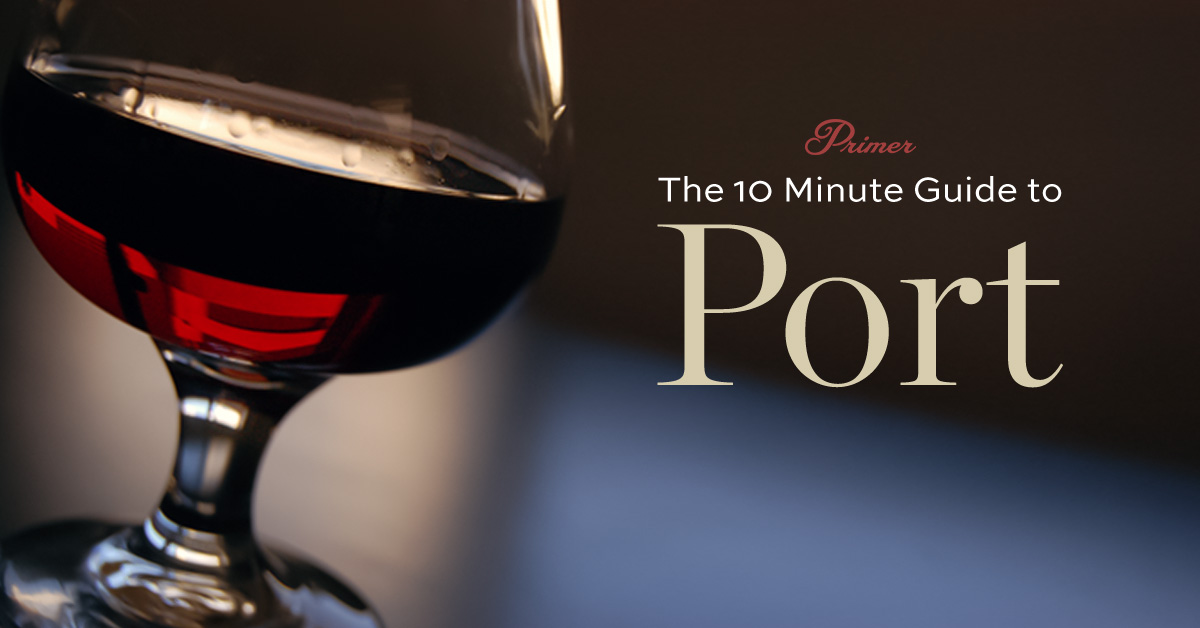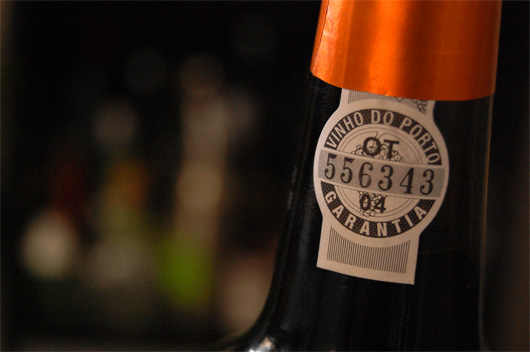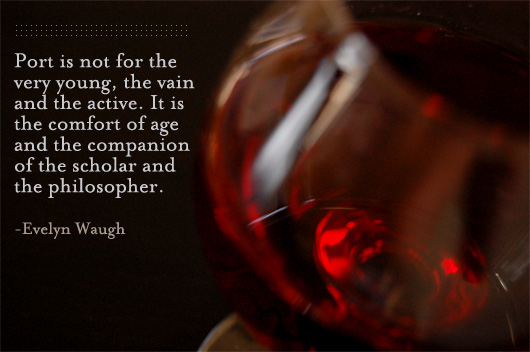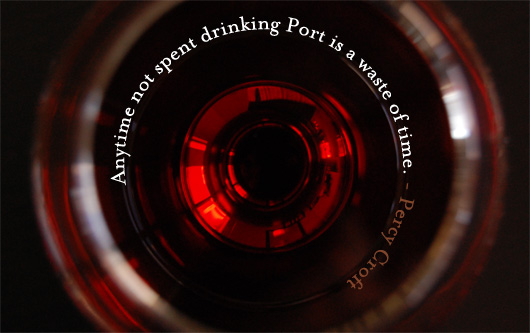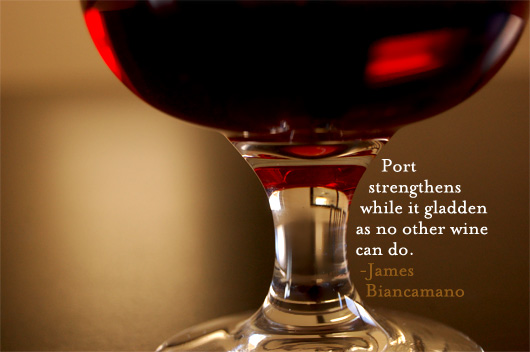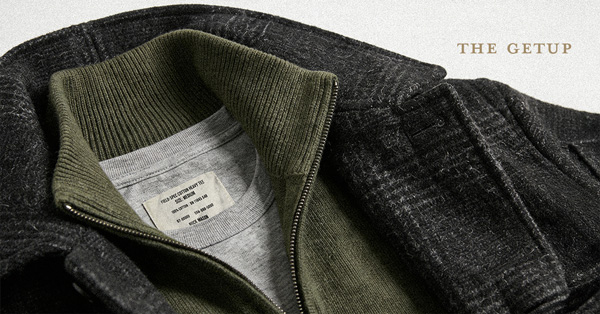You don’t have to be snobby to enjoy wine. That’s the theme of our introduction to wine series. But if you’re going to be snobby about one type of wine, make it Port. Why? Because if your goal is to fake it till you make it as a wine aficionado, learning the basics about Port will get you the most mileage and the most bang for the buck.
Serving a glass of Port before or after dinner is a surefire way to impress a date or guest. Chances are they’ve never had Port, let alone Port that’s been selected, stored and served properly. In spite of its centuries of prestige, Port wine has only recently come back in vogue in the States. Port, named for the eponymous Portuguese city of Porto, was made first popular in the 17th century by the British, who started drinking it because…well, it’s a long story, but in a nutshell, they were mad at the French.
Port fell off the map for recent generations of drinkers due in part to its daunting complexity. It’s this very same complexity that makes Port extremely rewarding.
You can spend a lifetime exploring the nuance and history of the types Port wine. But all it takes to get started is 10 minutes of reading. Start here.
What is Port Wine?
Port is a fortified wine produced exclusively in the Douro Valley in Portugal. Port is heavily regulated by the Instituto dos Vinhos do Douro e do Porto. Unlike Champagne, which has impostors all over the globe, Port must be produced, labeled and marketed according to a myriad of strict rules. For someone learning the ropes, this is actually a good thing.
The rules governing Port lend it a clear-cut terminology that’s a far cry from the ambiguous fluff and puffery that other bottles of wine may try to confuse you with. For starters, the way to tell you’re holding an authentic bottle of Port is dead simple: look for the Selo de Garantia, a white seal that reads “Vinho do Porto Garantia.”
Port is produced by adding aguardente (sometimes referred to simply as “brandy”) to (usually) red wine. This does a few things. Obviously, it ups the alcohol content (20% ABV on average), but it also preserves more of the natural sugars from the grapes by stopping the fermentation process. Lastly, the fortification in Port brings warmth to your body. (On that note, Port is often used as communion wine for its sweetness. When I was a kid, I thought that warm fuzzy feeling was Jesus’ love. True story.)
So, the region, the additional sweetness and higher alcohol content (20% ABV on average, as opposed to the 14% ABV or less for table wines) are part of what makes Port special. The last part of the equation is the aging.
Apéritifs and digestifs are alcoholic drinks served with meals; Apéritifs are served before to stimulate the appetite, digestifs served after to aid digestion.
Barrel-aged Port vs. Bottle-aged Port
Broadly speaking, there are two main distinctions of Port wine: bottle-aged Port and barrel-aged Port. A more apt term might be “barrel-matured” or “bottle-matured,” since all Port spends some time in a barrel. In general, bottle-aged Port tends to be smoother and less tannic. Barrel-aged Port tends to take on some of the qualities of the wooden barrels, including taste (remember “oakiness”?) and color. Further, barrel-aged Ports (or “wood Ports”) end up more viscous, due to a slight amount of evaporation.
We could go further in-depth about the differences between these two styles, but let’s not. You’ll have plenty of time for that later, when you’ve gotten your palate a little bit more snobbed up. For now, let’s talk about the first bottle of Port you’re going to buy.
Your First Bottle of Port: Ruby Port
Start with a Ruby Port. Ruby Port is on the opposite side of the spectrum from Vintage Port in almost every way, which, for the novice Port appreciator, has more pluses than minuses. Vintage Port, while the undisputed King of Ports, is less enjoyable for everyday imbibing because it has to be treated like fine china—it’s fragile, expensive, and only for special occasions. In fact, it’s so delicate that it has to be consumed within 24-48 hours of opening the bottle.
A worthy Ruby Port, on the other hand, costs around $15 and stays good for a month or longer after uncorking it. Ruby Port is typically a blend of young Ports that have been barrel-aged for about three to five years.
Ruby Port is often filtered (or fined), meaning it’s ready to drink as soon as it’s bottled—no decanting required. This makes Ruby Port perfect for popping open and serving in a small glasses along with fruit, cheese and other desserts.
Most Ruby Port is “fruit-forward,” making it tasty and accessible, albeit starkly less complex than more expensive Ports. Ruby Port can even be served slightly chilled, on the rocks or in cocktails (try a white Port tonic).
For recommended buys, see this Seattle Times column by Paul Gregutt. He gives some excellent descriptions of his top ruby Ports, but I’ll give you the highlights very quickly here:
- Delaforce Fine Ruby Port: A more tannic ruby Port, with some woodsiness lurking underneath. ~$13
- Sandeman Ruby Port: Smooth and ripe, bordering on cherry cough syrup flavor, but an excellent accompaniment with a chocolate dessert. ~$12
- Warre’s Heritage Ruby Port – Rich, almost candy-like flavor with a distinctive taste of cherry. ~$14
- Nieport Ruby Porto – A more challenging ruby Port, this one actually benefits from a bit of breathing.You’ll pick up hints of black licorice and gingerbread in this one. Goes great with blue cheese. ~$17
Graduating to the Good Stuff
Did you enjoy your first bottle of Port? I thought you would. Now that you’re beginning to develop a taste for Port, you can start exploring some bottles from higher up on the shelf.
Here’s a quick overview:
Ruby Reserve Port
Ruby Reserve Port (formerly known as Vintage Character Port, until the term was banned in 2002) is similar to Ruby Port in that it’s affordable, bottled ready-to-drink and blended from several vintages. The difference is that Ruby Reserve Port is blended from higher quality wines and is barrel-aged for about five years.
Again, go with some of the top names in Port, like Sandeman’s or Warre’s. Graham’s makes a good one, too.
Late Bottled Vintage Port
Late Bottled Vintage Port (LBV, formerly called “Traditional” Port) is made from wine that’s aged in wood for about four to six years. Unlike Ruby Port, LBV Port comes from a specific vintage and will have a year shown somewhere on the label. Late Bottled Vintage Port is ready to drink as soon as you purchase it—no cellaring required.
LBV can be bottled filtered or unfiltered (e.g. “crusted”). Crusted/unfiltered LBV has more character, and even improves upon cellaring for up to 10 years. But you’ll want to get yourself a metal wine decanting funnel and a decanter to remove the sediment when it’s ready to drink.
Tawny Port
Tawny Port starts out as Ruby Port, but spends 10 to 40 years in the barrel, rounding out its flavors, oxidizing slightly and taking on a nice mahogany hue from the wood. There are only four ages that a Tawny Port can bear: 10 year, 20, year, 30 year and 40 year. Their long stint in the barrel allows Tawny Ports to shed their fruitiness as they take on a silky mouthfeel, rich, complex flavors and aromas running the gamut from nutty or caramel to chocolate or leathery.
As you’d imagine, the greater the age, the greater the price tag and the more nuanced the flavors. However, most Tawny Port connoisseurs agree that a 20-year Tawny Port provides the best return for your time and money. At this stage, the tannins begin softening up, allowing the flavors to really come forward. Quinta do Portal 20 Year Old Tawny Port and Ferreira Porto Duque de Braganca 20 Year Old Tawny Port are great buys.
Vintage Port
This is it–the tippy top, the pinnacle of quality. Vintage Port is the only Port on this list that matures in the bottle, meaning that these bottles go straight into the cellar for oh, let’s say about 20 years. That’s because Vintage Port only spends about two years in the barrel before it's bottled, meaning it has a lot of maturing to do by the time it hits the shelf.
I won’t go too much into Vintage Port, since you’ll want to do some more research, attend some tastings and talk with an expert in person before you begin investing in Vintage Port. But one thing to appreciate about Vintage Port is its rarity—most houses won’t even declare a vintage unless it was an excellent year. While many producers will have a Late Bottled Vintage for every year on the calendar, Vintage Ports may only get bottled thrice in a decade.
Storing, Serving and Drinking Port
Except for Vintage Port, Port is relatively resilient and can be stored upright or sideways in a cool, dark place. You can buy specially made Port glasses, which are 8 ounce stemware glasses meant to be filled halfway, but eyeballing 4 ounces into a wide-mouthed red wine glass works, too. Since most Port is red wine, the rule of thumb of serving it at a cool room temperature around 64 to 66 degrees Fahrenheit applies. But aged, less tannic Ports can easily be enjoyed slightly chilled.
As mentioned above, Ruby Port stays good for about three to four weeks after opening. Tawny Ports can be kept in the fridge for about a month, or two weeks at room temperature. LBVs can last for a week, maybe two if it’s unfiltered.
Conclusion
That’s barely scratching the surface of Port, but it’s certainly enough to get you started. Enjoy Port like you enjoy any other glass of wine, noting its color, aroma and the balance of its tannins, acidity and flavors. Try different styles, different producers and take notes. And after you’ve developed your own taste for Port comes the best part: introducing friends, dates, family, business associates and others to the lost arts of the aperitif and digestif.
Further Port reading:
- For the Love of Port – Hands-down best online guide for Port. Great beginner articles and massive archive of thoughful blog posts, interviews, features and more.
- Instituto dos Vinhos do Douro e Porto – The one, the only.
- The Port Forum



